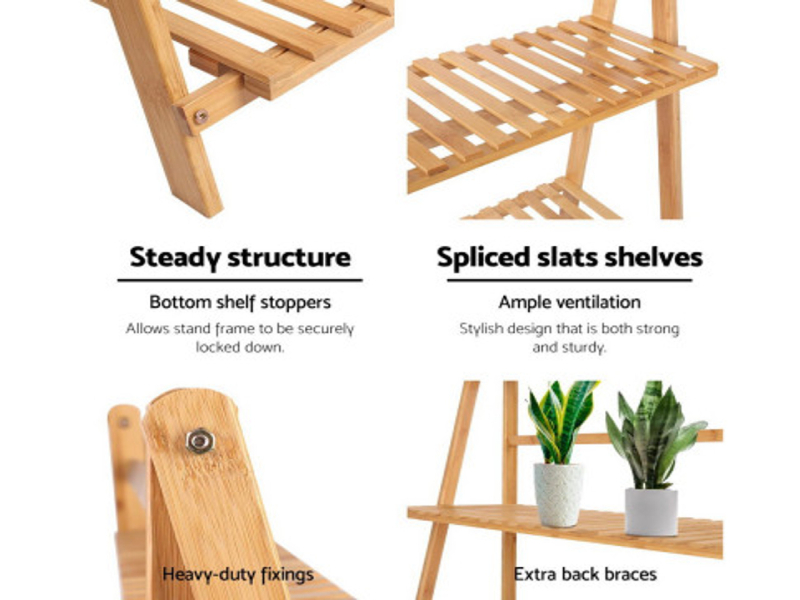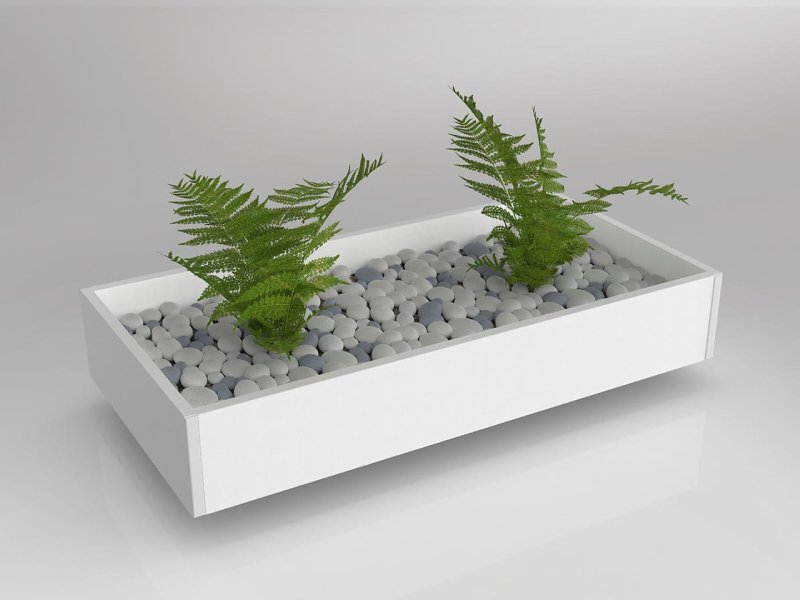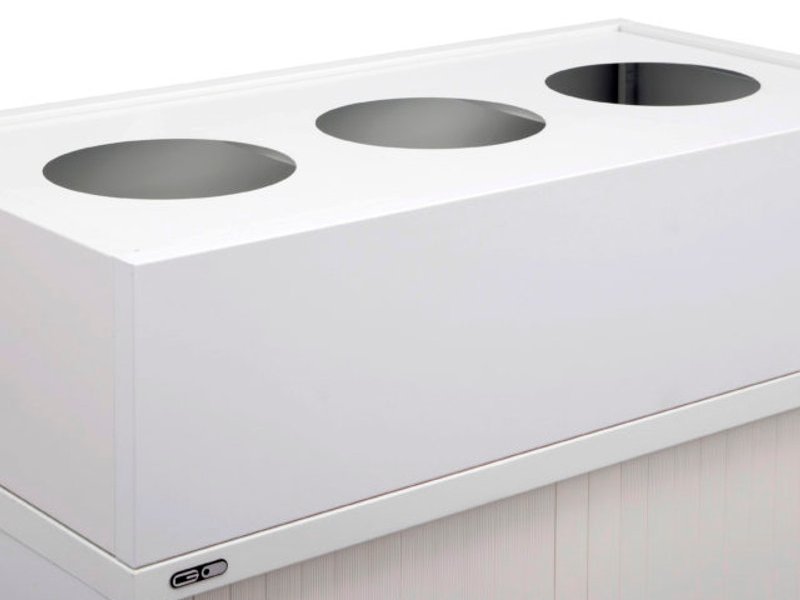Creating a Green Oasis: Incorporating Plants into Your Office Design
Posted by The Urban Hyve Team on 14th Feb 2024
In the fast-paced world of modern work, where digital interfaces dominate, there's a growing recognition of the need to bring elements of nature into the office environment. One way to achieve this is by incorporating plants into your office design. Beyond the aesthetic appeal, the introduction of greenery can have a profound impact on the well-being, productivity, and overall atmosphere of the workplace.
The Case for Greenery in the Office
1. Boosting Well-being and Morale
Studies consistently show that exposure to nature, even in the form of indoor plants, is linked to improved mental well-being. Incorporating plants into the office can reduce stress, boost mood, and enhance overall morale among employees.
Annangrove Bamboo Foldable Shelf Plant
2. Improving Air Quality
Plants are natural air purifiers. They absorb pollutants and release oxygen, thus creating a healthier indoor environment. This not only contributes to the well-being of employees but also addresses common indoor air quality issues.
3. Increasing Productivity
Greenery has been associated with increased cognitive function and productivity. A study by the University of Exeter found that introducing plants into the workplace led to a 15% increase in productivity.
4. Enhancing Creativity
Nature has a way of inspiring creativity. The presence of plants in the office can stimulate innovative thinking and problem-solving, thus fostering a more creative and dynamic work environment.
Choosing the Right Plants
1. Low-Maintenance Options
Not everyone has a green thumb, and that's okay. Opt for low-maintenance plants, such as snake plants, pothos, or succulents. These can thrive with minimal care and still provide the desired benefits.
2. Consider Light Conditions
Different plants have different light requirements. Assess the natural light in your office space and choose plants that align with those conditions. Some plants thrive in low light, while others need more sunlight.
Smith Planter Box For Fake Plants Only
3. Size and Placement
Consider the available space and then choose plants that fit the size of the area. Larger plants can act as statement pieces, while smaller ones are suitable for desktops or shelves. Place plants strategically to enhance the overall design.
4. Variety for Visual Appeal
Create visual interest by incorporating a variety of plants with different shapes, sizes, and textures. This not only adds aesthetic appeal but also mimics the diversity found in nature.
Integrating Plants into Office Design
1. Desk Plants for Individuals
Allow employees to bring small desk plants such as succulents, small potted flowers, or miniature versions of air-purifying plants. Personalizing workspaces with greenery can contribute to a sense of ownership as well as well-being.
2. Feature Plants in Common Areas
Install larger plants or even vertical gardens in common areas such as reception, meeting rooms, or break spaces. These areas become focal points, creating a green oasis that employees can enjoy during breaks.
3. Living Walls for a Statement
Consider installing living walls or green partitions. These vertical gardens not only make a visual statement but also contribute significantly to the overall air quality in the office.
4. Incorporate Plants into Office Furniture
Explore creative office furniture designs that incorporate space for plants. This could include desks with built-in planters or shelving units that double as plant displays.
Planter Box to Suit Life Tambour Door Units And Lateral Filing Cabinets
Maintenance and Care
1. Establish a Maintenance Routine
Assign responsibility for plant care or hire a professional service. Regular watering, pruning, as well as dusting of leaves are essential to ensure that the plants remain healthy and vibrant.
2. Educate Employees
Provide guidelines to employees on the care of office plants. Simple instructions on watering schedules, sunlight requirements, and also troubleshooting common issues can empower everyone to contribute to the well-being of the greenery.
Measuring the Impact
1. Employee Surveys
Conduct surveys to gather feedback on the introduction of plants. Ask employees about changes in mood, perceived air quality, and overall job satisfaction. Use this data to continually refine and also improve the greenery in your office.
2. Monitoring Productivity Metrics
Track productivity metrics before and after the introduction of plants. Compare data on key performance indicators to evaluate the impact of greenery on workplace efficiency.
In Conclusion
Creating a green oasis in your office through the strategic incorporation of plants is a powerful way to enhance the well-being as well as productivity of your team. From improving air quality to boosting morale, the benefits are numerous. As you embark on this journey, consider it an investment not only in the physical workspace but also in the overall satisfaction and success of your employees. By fostering a connection with nature within the office, you create a more vibrant, healthy, as well as inspiring work environment for everyone.













